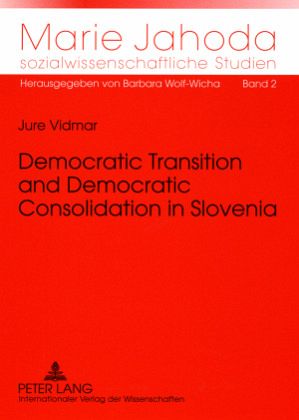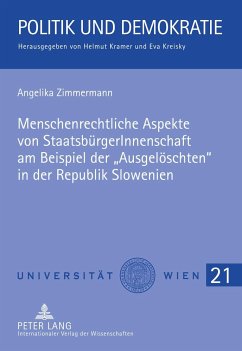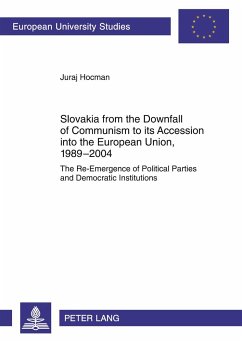
Democratic Transition and Democratic Consolidation in Slovenia
Versandkostenfrei!
Versandfertig in 6-10 Tagen
81,70 €
inkl. MwSt.

PAYBACK Punkte
0 °P sammeln!
The study examines the democratization in Slovenia and compares it to democratization processes elsewhere, drawing patterns upon not only other post-communist democratizations but also upon general patterns in other third-wave democratizations. The book begins with a theoretical overview: the problem of defining democracy, democratic transition and democratic consolidation. It proceeds to an examination of the historical, political, and economic factors relevant for the democratization. The transition is explained from Yugoslav, Slovenian, and external aspects, where foundations for patterns i...
The study examines the democratization in Slovenia and compares it to democratization processes elsewhere, drawing patterns upon not only other post-communist democratizations but also upon general patterns in other third-wave democratizations. The book begins with a theoretical overview: the problem of defining democracy, democratic transition and democratic consolidation. It proceeds to an examination of the historical, political, and economic factors relevant for the democratization. The transition is explained from Yugoslav, Slovenian, and external aspects, where foundations for patterns in Slovenian democratization are sought. The consolidation is examined on the institutional level and on the level of the actors. In the concluding analysis, the indicators of democratic consolidation are examined in a comparative perspective and applied to Slovenia.












